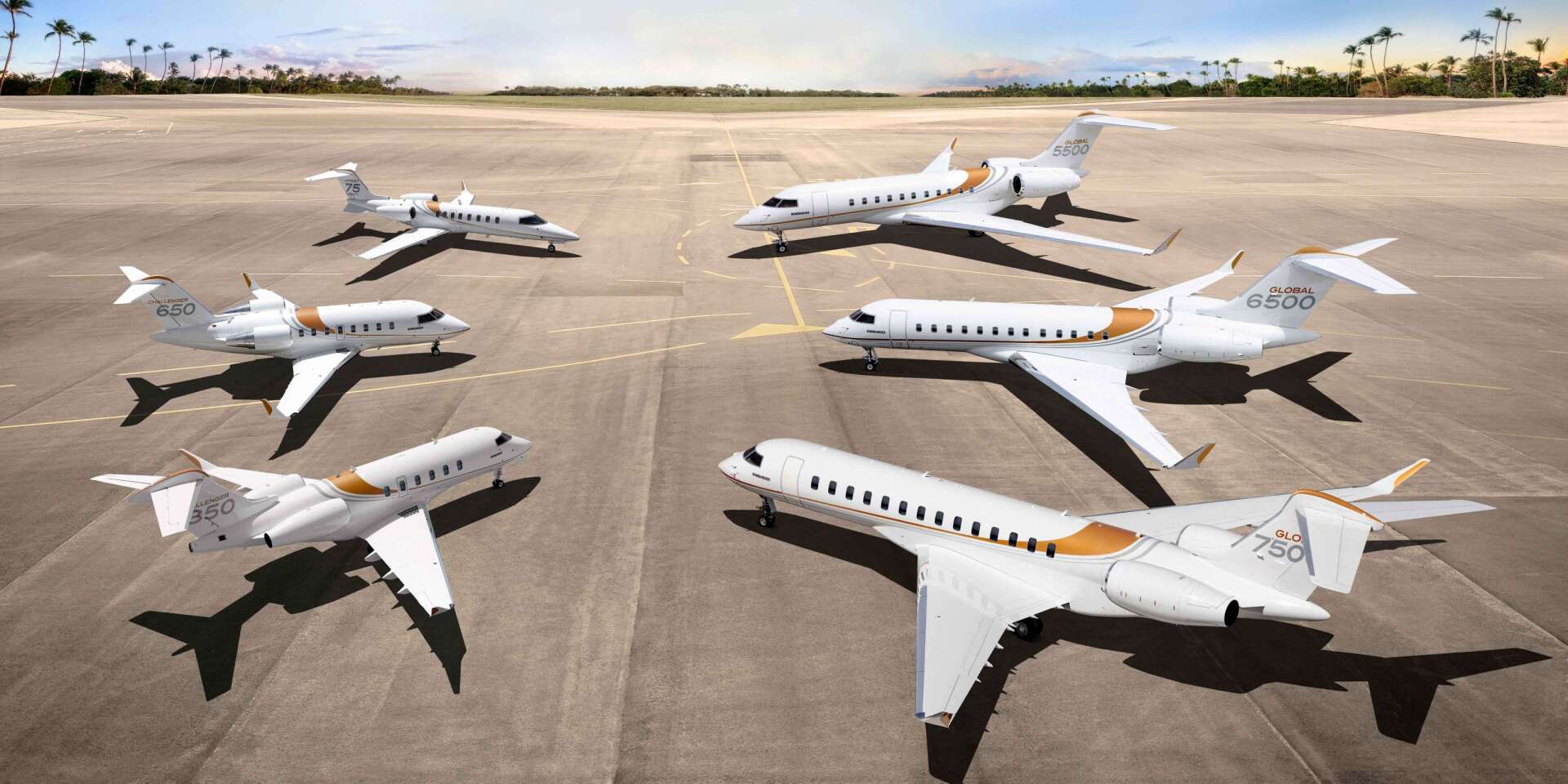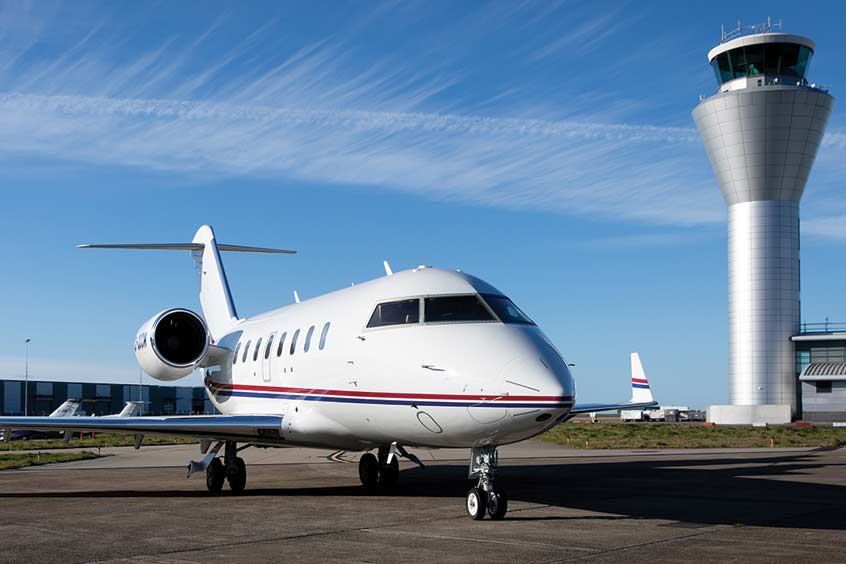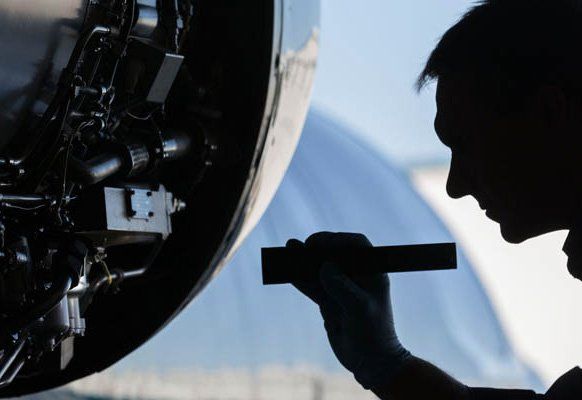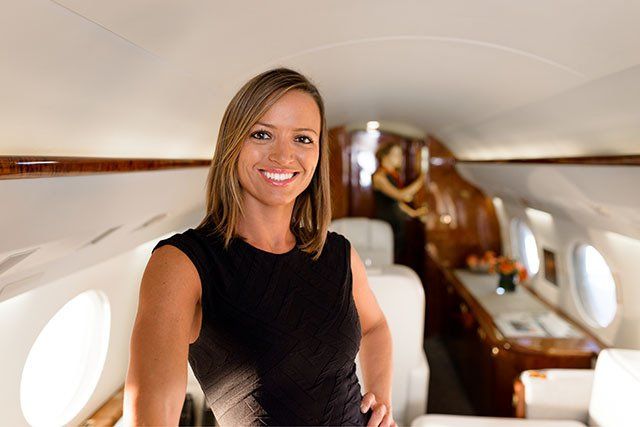New Client Acquired
Robin Johansson • May 13, 2021

JLPrivateJet is pleased to announce the signature of a long-term aircraft purchasing transaction consultancy agreement with a non-disclosed German business jet company.
“We are all thrilled that we were able to win this business against strong competition and thank you very much for the trust which has been placed in us. This deal is groundbreaking for us and underscores the importance of experience that is so important to the aircraft purchasing transactions” said a spokesman of JL PrivateJet.

You would assume if you have the bucks, how hard can it be to buy a private jet? There’s financing, but you’ve done plenty of deals. There are negotiations and contracts, but you have an entire in-house team of lawyers to read the fine print. You’ll need a management company, but call three or four and let them submit RFPs. Tell them it’s a rush! You’ll need pilots, but even if there’s a shortage, it sounds like the type of supply and demand problem money can solve. What’s an extra $50,000 in salaries when you are buying a $50 million plane and want to be flying it by the beginning of next month? After attending Corporate Jet Investor last week in Miami, I spent the next two days at CJI’s Aircraft Transaction Masterclass. My decision to go back to school was spurred in large part by what seems to be a sea change in how first-time private jet buyers are entering the market. It used to be after lengthy time spent flying privately through charter, new buyers dipped their toes in the pool. They might buy a light jet or turboprop. It might even be with the advice from the local operator they were chartering from to help guide them. The normal scenario was a growing business that went from two or three nearby locations to a dozen places in several states, meaning it was no longer easy to stop in and see what’s going on by driving. After a while chartering, buying made sense. Today, business is more global, and many business jet users need private aircraft solutions that can take them near and far, often hopping an ocean for a meeting, and then going someplace else on a distant continent. That means new billionaires and other UHNW buyers who have less experience in private aviation. Making a mistake buying a used $2 million light jet can be expensive, but when purchasing aircraft with price tags ranging from $15 million to $75 million, the cost of doing it yourself can be exponentially bigger. That’s not to say anyone approaches buying a private aircraft naively. However, executives at Corporate Jet Investor and the Aircraft Transaction Masterclass say it’s not unusual for newbies to believe that their same business and personal infrastructure - CFOs, in-house legal teams, or family office and financial advisors - are capable of doing it for them. With that in mind, below are 40 steps CJI has identified that are part of buying a private jet: 1. Choose your broker/dealer/transaction adviser. They should easily save you more money than their fee. The same is true for a specialist aviation lawyer 2. Select an aircraft to match your needs/view aircraft 3. Make an offer/agree Letter of Intent (long form vs short-form, standard versus bespoke) 4. Legal counsel review transaction structure and assess tax issues 5. Deposit placed in escrow (negotiate terms of release) 6. Buyer’s lawyer/buyer negotiates finance term sheet with financiers 7. Buyer's lawyer conducts due diligence on title, searches for liens etc 8. Start negotiating the Aircraft Purchase Agreement and who pays what 9. Aircraft Purchase Agreement signed 10. Log book review by buyer’s technical team, check back-to-birth records 11. Appraisal for finance (if required) 12. Test flight/re-location flight – who is paying for this in Aircraft Purchase Agreement 13. Pre-purchase inspection 14. Finance documents reviewed 15. Sale document drafting starts 16. Tax advisers determine structure and importation route (if required) 17. Decision on aircraft registration, ownership structure (may require specialist counsel) 18. Choose operator if needed 19. Legal opinions on different jurisdictions requested 20. Seller rectifies discrepancies from pre-purchase inspection/negotiates changes or buyers walks away 21. Buyer reserves registration number 22. Export certificates, certificate of airworthiness 23. Final documentation review 24. Assignment of Maintenance Plans 25. Final closing points agreed 26. Insurance arranged 27. Liens and discharges 28. Money wired to escrow by financier/buyer 29. Ferry flight 30. Tax ruling opinions issued (depending on jurisdiction) 31. Seller de-registers aircraft 32. Closing call 33. Signing 34. Escrow agent receive proof of de-registration 35. Agent files bill of sale, registration application 36. Liens filed with International registry (Cape Town) 37. Registration – in U.S. Federal Aviation Administration issues flight wire 38. Importation of aircraft (if required) 39. Miscellaneous bills settled – satellite communications, maintenance programs 40. Protect asset value – hangar, engine covers etc. – ready for when the aircraft is sold I plan to delve more into the subject of buying private jets in the future. In one case study of an actual transaction, a company that thought they had bought a private jet, found out even though they had been making payments, in fact, the structure of the deal meant in fact they didn’t own the plane they had been using. With that in mind, I hope a quick takeaway is that it makes sense to enlist specialist professionals in the process. SOURCE: FORBES.COM AUTHOR: DOUG GOLLAN

The Covid-19 pandemic definitely hit commercial aerospace harder than other aviation segments, though the fallout on private and business aviation was not insignificant. In 2020, deliveries of private and business fixed-wing aircraft slipped about 10% year on year, with business-jet hand offs falling about 20%, according to the General Aviation Manufacturers Association’s (GAMA) annual aircraft shipment report, released 24 February. “The Covid-19 pandemic negatively impacted general aviation and stifled the industry’s growth,” says GAMA chief executive Pete Bunce. “While we continue to face headwinds globally, all signs point to strong demand for our products and services that are unfortunately being constrained by pandemic-induced supply chain limitations and a vast array of disjointed barriers to air travel across national borders.” During 2020, manufacturers delivered 2,399 fixed-wing business- and private-aviation aircraft, including piston-powered types, turboprops and business jets. That figure is down 9.7% from 2,658 deliveries in 2019, according to GAMA. Those 2020 deliveries were worth about $20 billion, which is 14.8% less than GAMA pegged the value of 2019 deliveries. By segment, aircraft makers handed over 644 business jets in 2020 (down 20.4%), 443 turboprops (down 15.6%) and 1,312 piston-powered aircraft (down only 0.9%), the trade group reports. The decline lessened in the fourth quarter of 2020, when manufacturers delivered 867 private and business aircraft, down just 5.5% year on year. Business jet deliveries during the fourth quarter declined 9.2%, to 266. “It is encouraging to see that segments of our industry saw a solid rebound in the fourth quarter of 2020,” says Bunce. “In 2021, it will be important for the general aviation industry to work together with our commercial sector colleagues to keep our interlinked but very fragile supply chain secure, while continuing to engage global regulatory authorities.” The helicopter segment also suffered in 2020, with manufacturers delivering 674 rotorcraft of all types, down 17.7% year on year. Those aircraft were worth $2.7 billion, or 16.2% less than the value of deliveries in 2019, GAMA says. Deliveries of piston-powered helicopters dipped 20.7% to 142 units year on year in 2020, while turbine helicopter hand overs fell 16.9% to 532 aircraft. GAMA excluded Leonardo helicopter deliveries from its figures because that manufacturer has not yet released fourth-quarter 2020 delivery data. SOURCE: FLIGHT GLOBAL

Wendy Murphy and Emma Suddaby-Brown ran Direct Air Charters, their own boutique charter brokerage for over 17 years, specialising in delivering complex charter tours. Now they have been added to the Gama team. With the possibility of changing travel restrictions in the second half of the year, the introduction of vaccine passports and the low touchpoint/transmission customer journey that business aviation charter offers over airline travel, Gama Aviation is poised to grow its on-fleet and direct charter business with the appointment of some leading names in the charter business. Under the leadership of Adam Neaves, head of charter, the new team will comprise Wendy Murphy, Emma Suddaby-Brown and Jo Jurd based in Farnborough, and Ghada Fawzi based in Dubai. Murphy and Suddaby-Brown ran Direct Air Charters, their own boutique charter brokerage for over 17 years, specialising in delivering complex charter tours and multi-destination trips in the entertainment, sports and bespoke travel sectors. Their wealth of experience adds advantage to Gama's capabilities in providing aircraft charter solutions, improving its market offering. They will provide customised, direct charter solutions across its client network, benefiting from exposure to Gama's in-fleet charter aircraft and in-house 24/7 wider trip support capabilities. Jurd joins Gama at its global headquarters in Farnborough and Fawzi joins at its FBO in Sharjah, UAE. Both are highly experienced operators that bring further expertise to the department and are targeted with increasing charter utilisation of its fleet, growing its broker/intermediary relationships and overall re-establishing the company in the aircraft charter marketplace. The new team is complemented by new additions to the charter fleet including a Challenger 650 based in Jersey, and two transient Globals – an Express and 5000 – on the group's new Cayman AOC. During the pandemic the business has also seen a rise in medical repatriation work that combines the experience of the charter team with the clinical expertise of Gama Aviation's special mission medical team. Combined, the charter team provides comprehensive solutions for bed-to-bed transfers integrating road ambulance with air ambulance, with medical coverage being provided by a single Eurami, CQC endorsed clinical team. Neaves comments: “I have known both Wendy and Emma for many years, and the opportunity to bring them into the Gama Aviation family was one we could not pass up. Their expertise and reputation within the direct charter market is unsurpassed, and we are fortunate to have them on board. I believe they will be a great asset to our charter teams. I know they will produce great results as we all move out of these restricted times.” Murphy and Suddaby-Brown add: “We are excited to be working within and alongside the charter department at Gama Aviation, embracing the challenges for our next chapter. We appreciate this will improve the service we can offer with back up from a 24/7 operations team and the existing in-house charter department. Having known and worked alongside Gama Aviation for over 30 years, we know that the company shares our passion and values, and we look forward to being a part of the Gama Aviation family.” SOURCE: BUSINESS AIR NEWS




